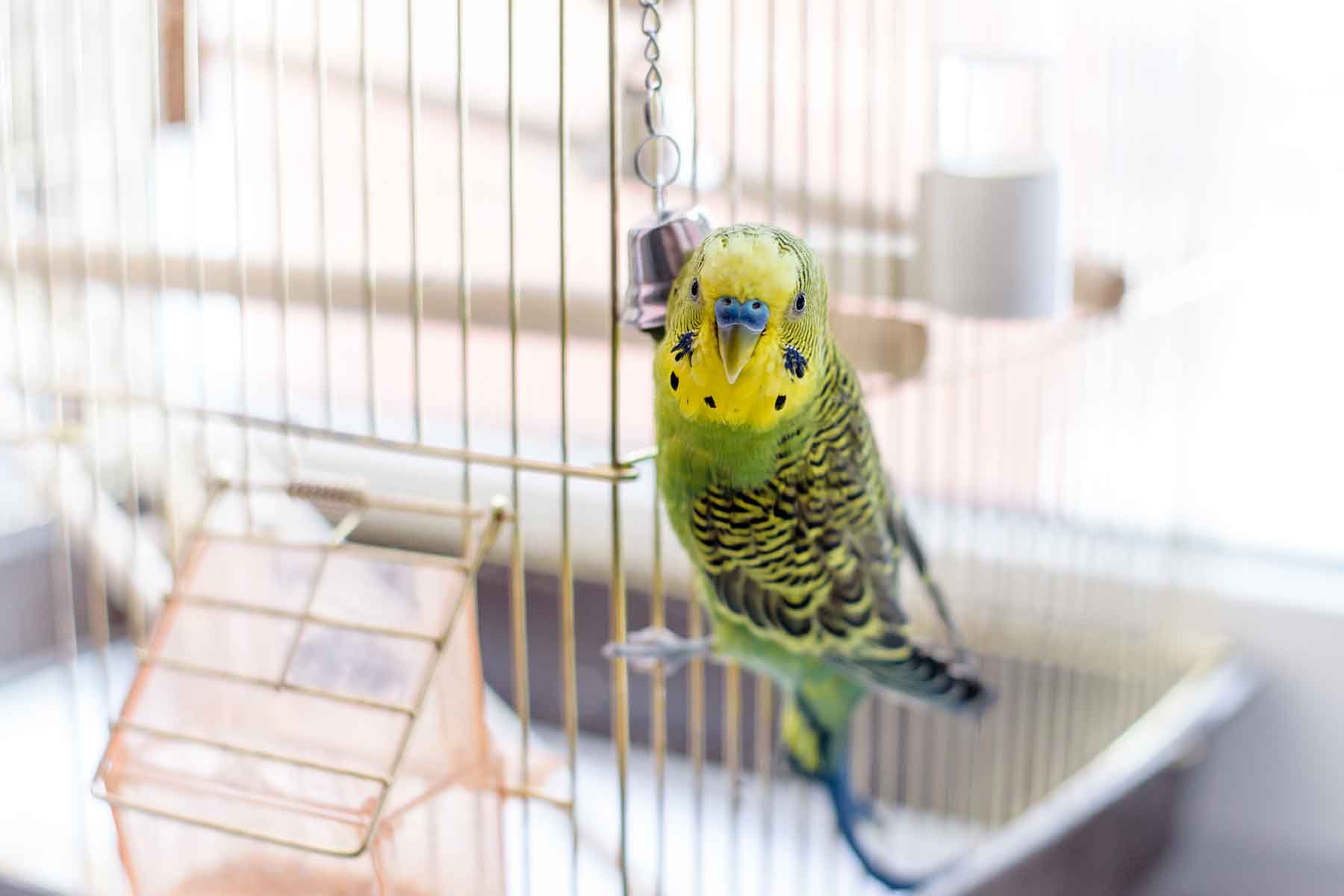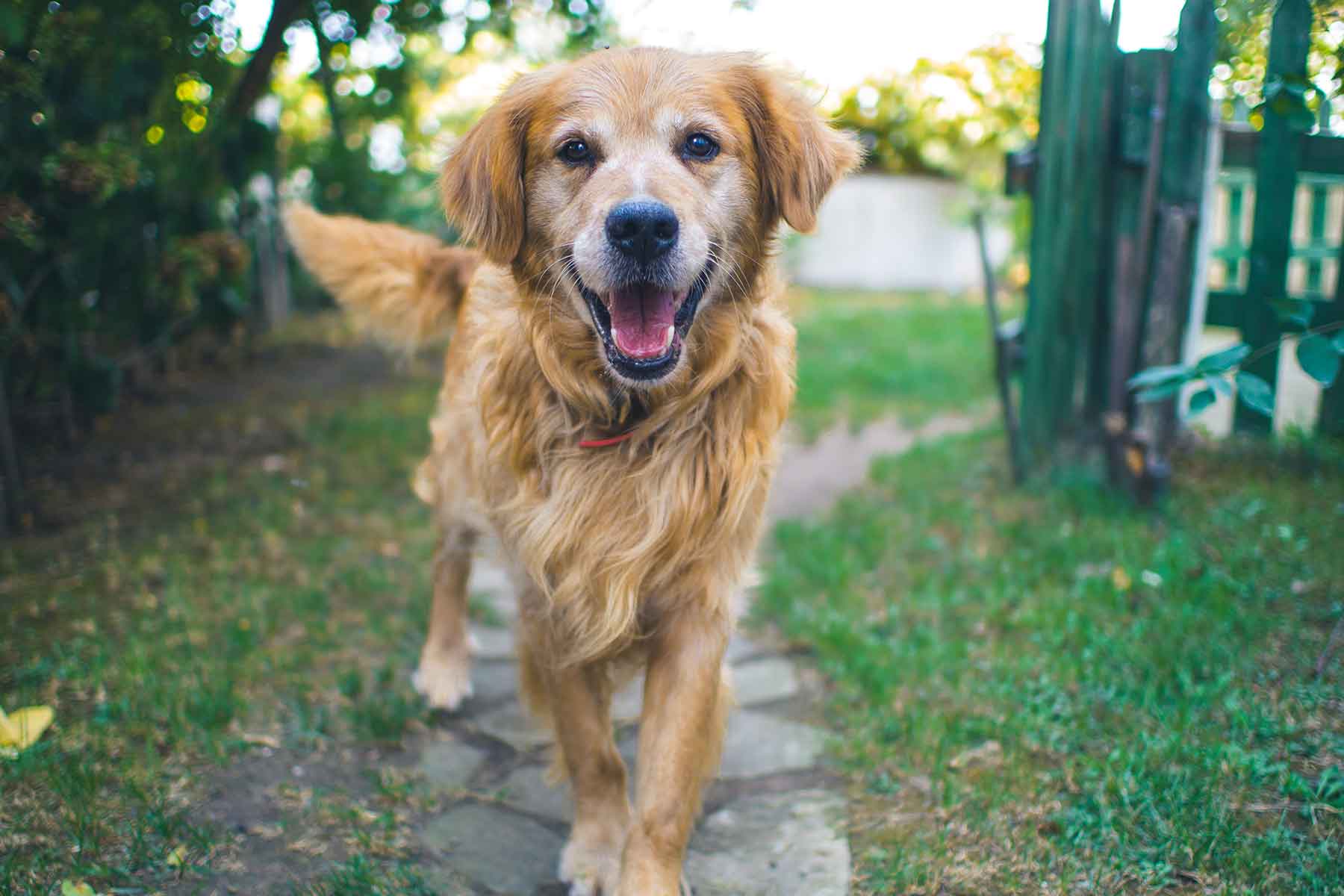The patella, commonly referred to as the knee cap is usually located in the centre of the knee joint. A luxating patella is a knee cap that moves out of its normal location, as indicated by the term “luxating” which means out of place or dislocated.
What causes the patella to luxate?
The patella slides in a groove on the lower end of the femur (the bone that runs between the hip and the knee). There is a ligament called the “patella ligament” which runs from the bottom of the patella to the tibia, (the bone just below the knee joint). This ligament keeps the patella in place. The thigh muscles are attached to the top of the patella. When the thigh muscles contract, the force is passed through the patella and through the patella ligament, which results in straightening of the knee joint. The patella can luxate because the point where the patella ligament attaches to the tibia can sometimes be attached too far inward. As the thigh muscles contract, the force pulls the patella against the inner groove that it is sitting in.
After several months, the inner side of the groove wears down and the patella is free to move out of the groove or luxate. This can be quite painful when this happens and the dog may have difficulty putting weight on the leg. After a while, some dogs learn to kick the leg and push the patella back in place. However, because the groove is gone, the patella can easily move out of place again. Some dogs can tolerate this problem for a while, but the joint may become arthritic and painful.
Can a luxating patella be fixed?
A surgery called, “Medial Luxating Patella Repair”, can be performed. There are three steps to the surgery:
- The point where the patella ligament is attached is moved and surgically fixed to its proper location.
- The groove where the patella sits is deepened so the patella will stay in place.
- The capsule around the knee joint is tightened.
It is important to have this surgery performed before arthritis occurs in the joint. If there is no arthritis, the dog should regain full use of its leg. If there is arthritis in the joint already, the joint can still be painful, especially in the cold weather.
Are there breeds that are predisposed to this condition?
The University of Sydney’s “Listing of Inherited Disorders in Animals” (LIDA) names the following breeds as being predisposed to this condition:-
- Affenpinscher
- American cocker spaniel
- Australian silky terrier
- Basset hound
- Bichon frise
- Border terrier
- Boston terrier
- Cavalier King Charles spaniel
- Chihuahua
- Dandie Dinmont terrier
- English springer spaniel
- Griffon Bruxellois
- King Charles spaniel
- Lhasa Apso
- Maltese
- Papillon
- Pomeranian
- Poodle (Miniature)
- Poodle (Toy)
- Pug
- Shar Pei
- Yorkshire terrier
How do you know if your pet has a luxating patella?
This condition is usually noticed in dogs less than two years of age. Signs range from mild to severe, and include temporary or occasional lameness possibly accompanied by a ‘hopping’ motion. Eventually the dog may hold the leg permanently off the ground. If both legs are affected, the dog may adopt a crouched gait and posture, appear bow legged and may even walk on the forelegs with the hind legs completely off the ground.











